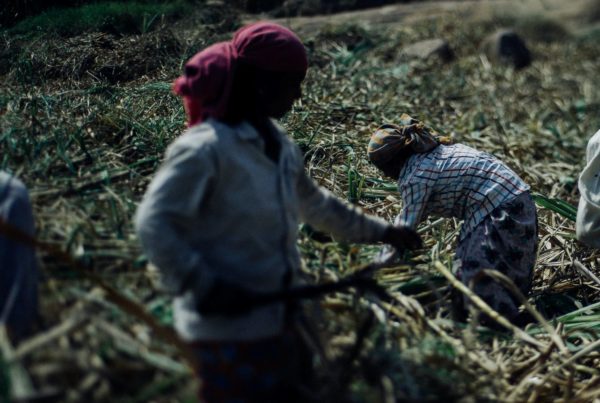Abstract
Internal migration in South Africa has a strong gender dimension. Historically, the apartheid‐era migrant labour system meant that predominantly black African men moved to urban areas without their families. After the abolition of influx controls in 1986, many women relocated, presumably to join their male partners. The period of migration feminization was also coupled with labour market feminization. However, existing research shows that increased female labour supply was poorly matched by labour market absorption, leading to rising unemployment among black African women. This paper studies incentives for female migration in this context, by building a gravity model of male and female inter‐municipal migration. We find that neither men nor women move primarily for family reasons. Instead, they follow the traditional male migrant route to well‐lit economic centres. Women also do not migrate primarily for increases in their own labour market opportunities, but tend to flock to regions where other fortunate groups have higher earnings potential. While this might signal that migrants base relocation decisions on incorrect information (and could in turn explain why many migrants have unfulfilled expectations), our results also show that women not only move for work, but for public services. The implications are twofold if migration is to alleviate poverty in the long run: first, in the short run, management of public resources must improve, as poor (women) place large emphasis on their effect; and second, labour market barriers – especially into the informal sector – should be better understood.
Keywords: Economics of gender, non‐labour discrimination, household analysis
https://onlinelibrary.wiley.com/doi/abs/10.1111/rsp3.12106
Von Fintel, D. and Moses, E., 2017. Migration and gender in South Africa: Following bright lights and the fortunes of others?. Regional Science Policy & Practice, 9(4), pp.251-268.






